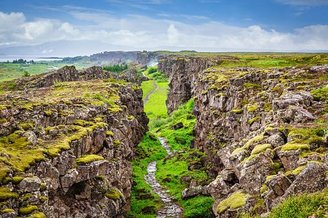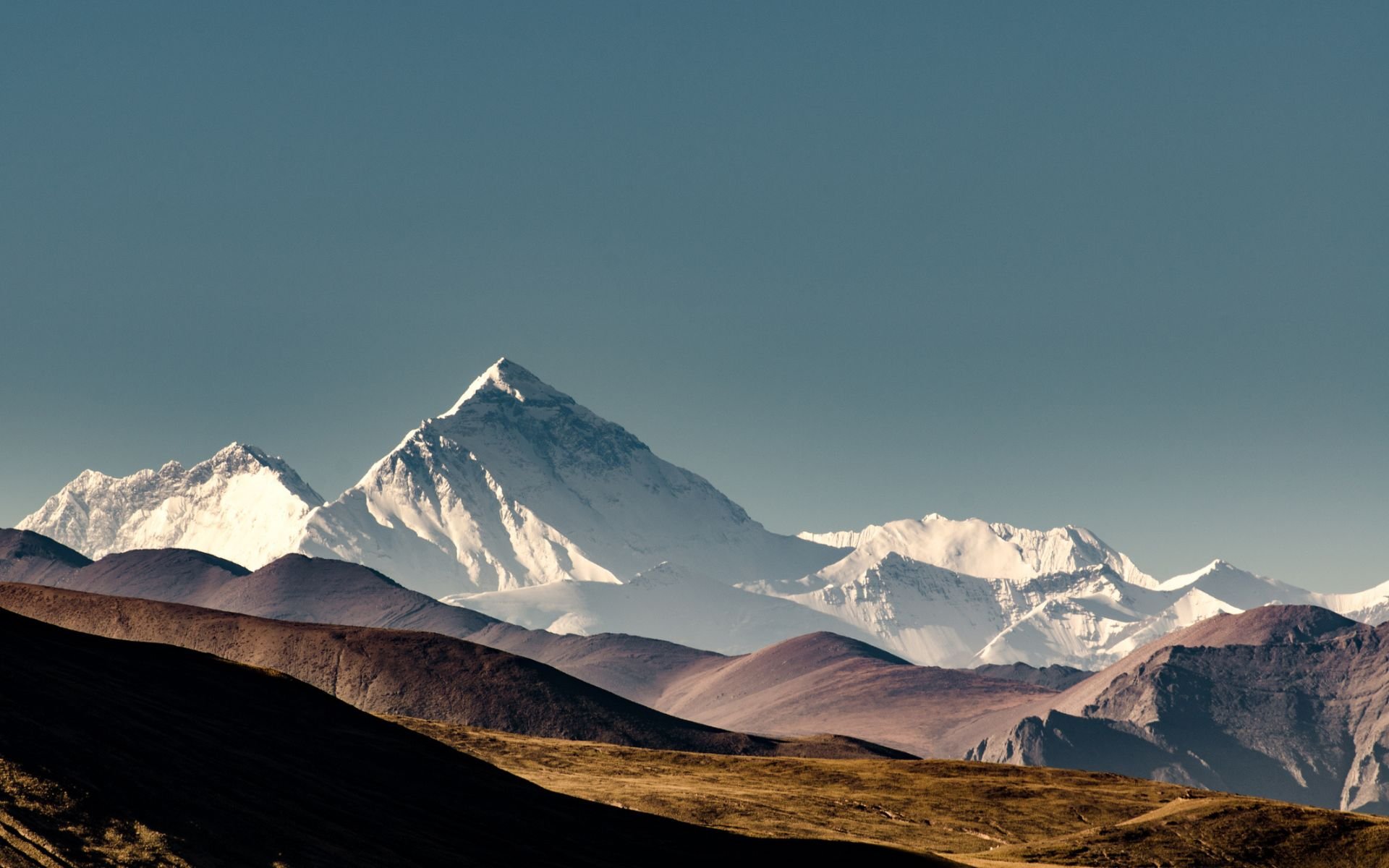The largest example of the geological phenomenon known as “continental collision” occurred as a result of the Himalaya and Tibet region. About 60 million years ago, a major collision occurred between parts of the Indian and Eurasian crust.. During the encounter, the Indian plate was pushed (sinked) under its northern neighbor, resulting in the world’s tallest mountains.
So far there have been two theories trying to explain this phenomenon: One states that the Indian plate was too “buoyant” to sink into the Earth’s mantle, causing it to slide under the Eurasian plate, causing a bulge formed by Tibet. The second theory suggests that the Indian plate was wrinkled like a piece of paper, in which case Tibetan would have been folded.
A third option was presented at the American Geophysical Union conference in late 2023. Researchers from institutions in China and the US have studied how the Indian Plate is “layered”, i.e. The upper part peels off to support Tibet’s weight, while the denser lower part sinks into the mantle.
Investigating tectonic plates beneath Tibet
To test the new hypothesis, a study was conducted by a team from the Ocean University of China in Qingdao, led by geophysicist Lin Liu. They collected S-wave (“up-down” shear) data In 94 broadband seismic stations located from west to east in the south of Tibetand compared them with existing P wave (“back to front”) ones.
Since it was not possible to dig a 100-kilometer tunnel in northern Tibet to check whether the mantle was close enough to the surface, a team from Stanford University in the US, led by Simon Klemperer, looked for helium-3, an isotope of the Earth. The gas is extremely rare on Earth, but can be released from the planet’s core and rise to the surface from the mantle in the form of magma columns.
Implications of the new theory of plate tectonics

Measurements from 200 Tibetan sources revealed a pattern consistent with helium-3 escapes in northern Tibet; This is a sign that the mantle is close enough to the surface. But what leaks south is mostly helium-4, an abundant isotope. This means that the plate there is still solid and forms a barrier that helium cannot pass through.
Earthquake analyzes carried out by the Chinese team strengthened this finding and suggested that the mantle intrusion occurred on the eastern side of the plateau. The authors hypothesize that this process is facilitated by the shape of the Indian tectonic plate, which is thicker in the north and thinner on the sides.
As the core sinks faster, slight pressure from the mantle above (tectonically speaking) can rob the bottom. The 3D description allows us to understand the dynamics of the two plates and also predict future earthquakes in the region.
Did you like the content? So, follow the latest studies on the geology of planet Earth at TecMundo and take the opportunity to examine 1 billion years of tectonic plate displacement.
Source: Tec Mundo
I’m Blaine Morgan, an experienced journalist and writer with over 8 years of experience in the tech industry. My expertise lies in writing about technology news and trends, covering everything from cutting-edge gadgets to emerging software developments. I’ve written for several leading publications including Gadget Onus where I am an author.













